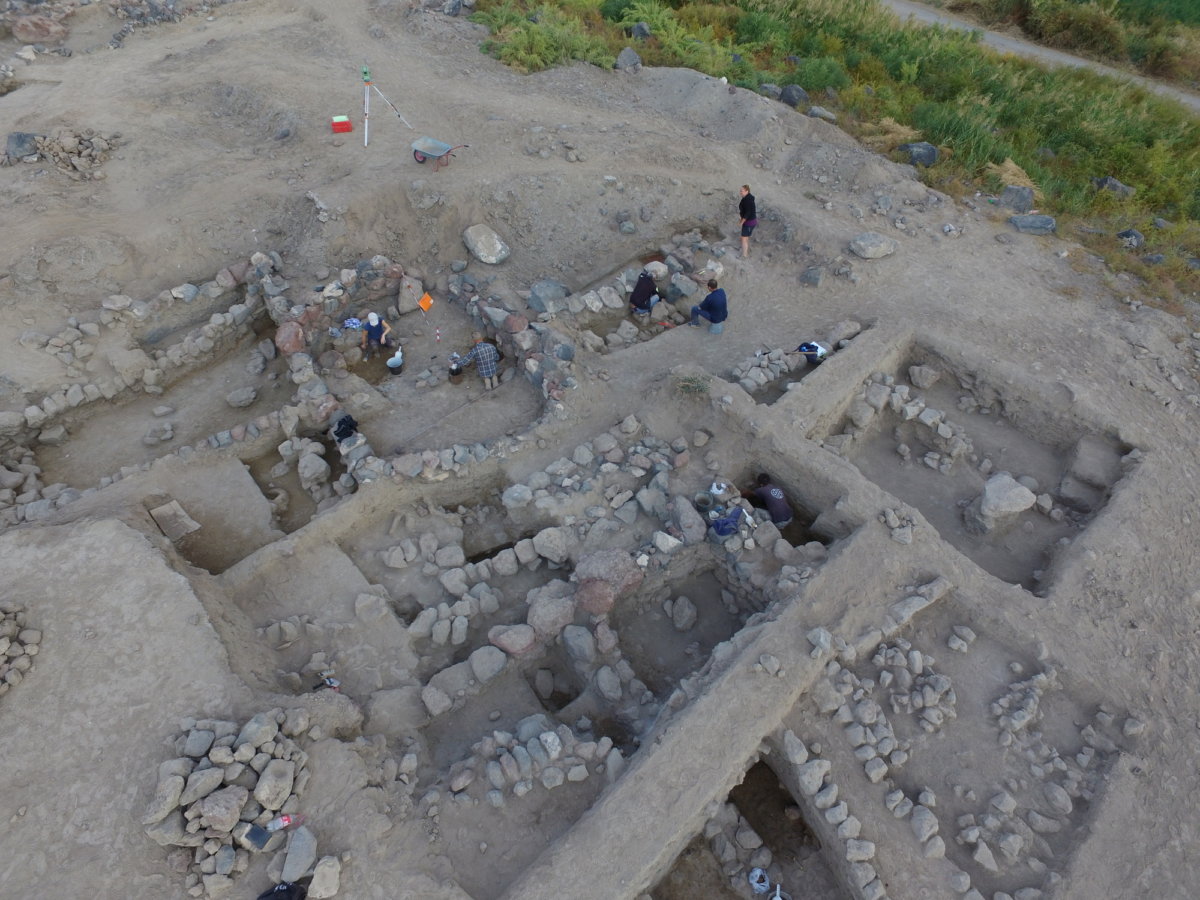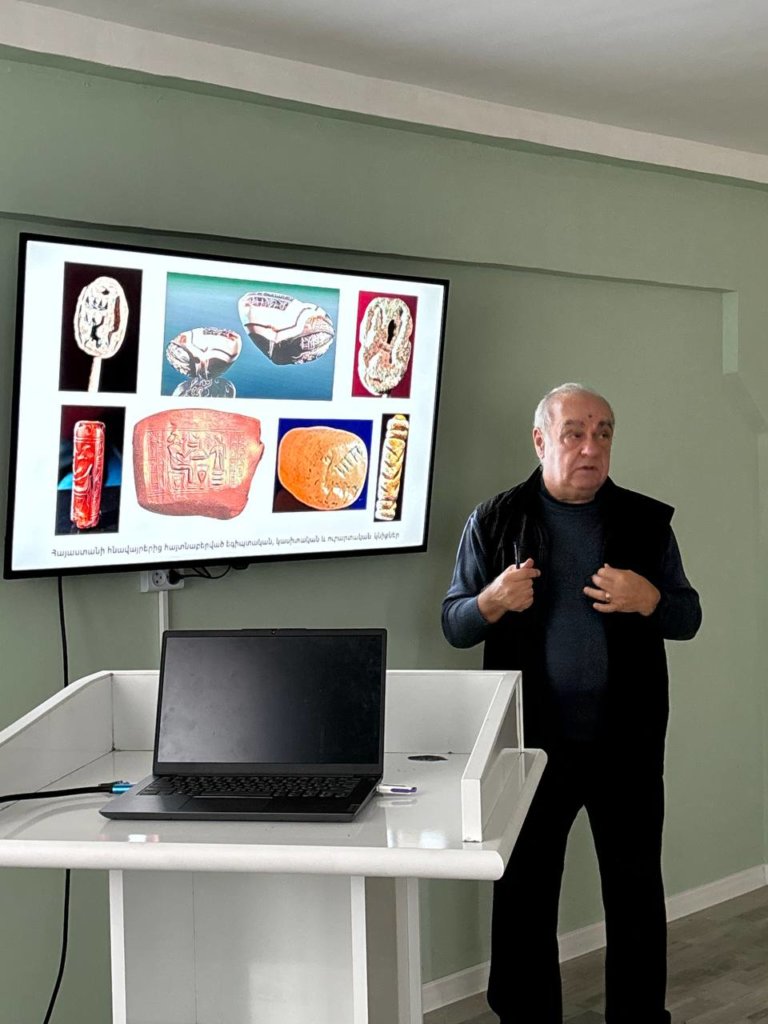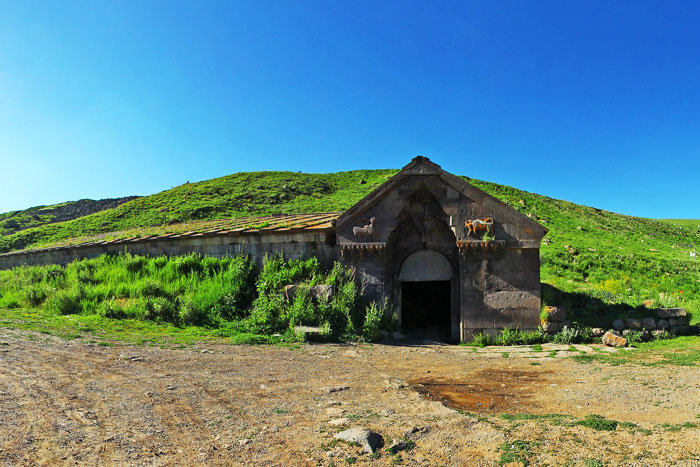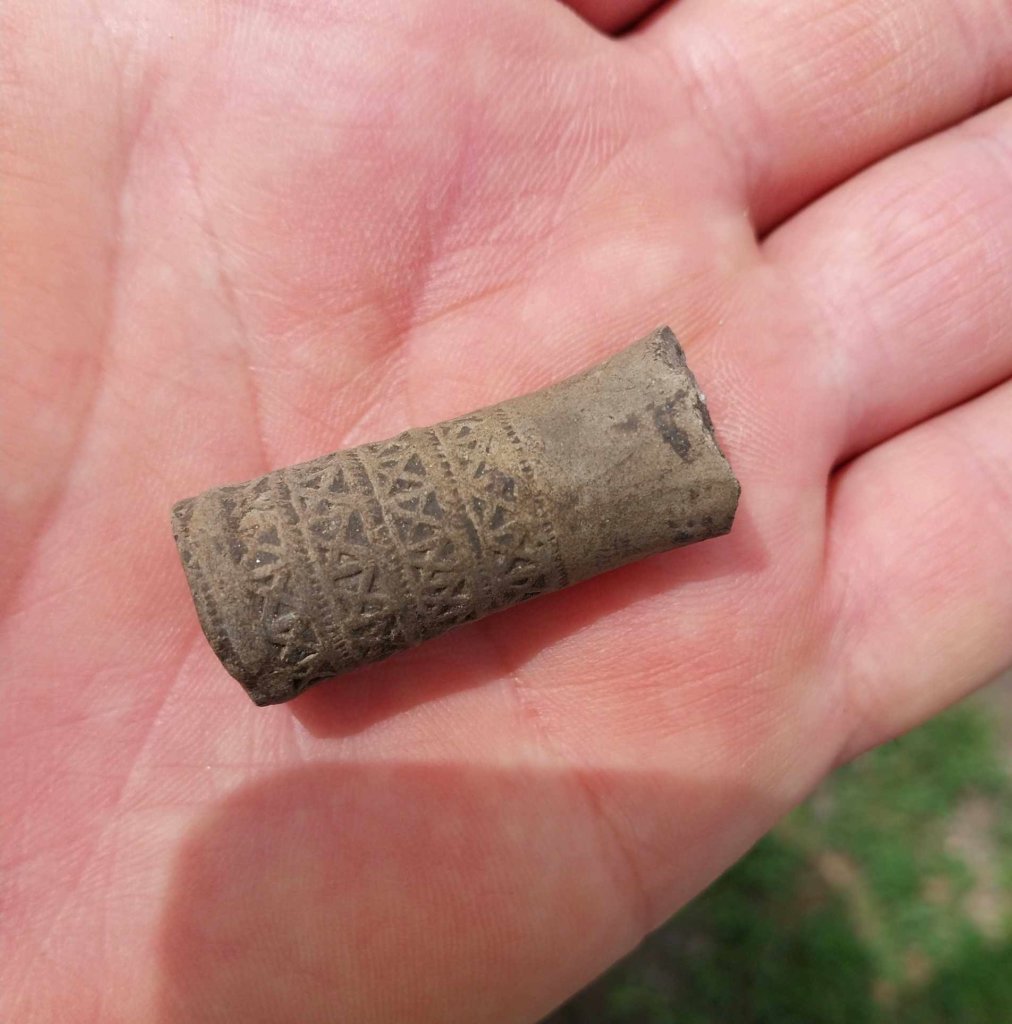Metsamor is one of the most studied unique archaeological monuments of V-I century BC in the Armenian Highland, and throughout the Ancient Near East. It includes the settlement of the Bronze-Iron Ages (citadel, city districts and platform for celestial observations) and the cemetery. The area is more than 200 hectares. The site is located in Ararat plain, about 35 km west of Yerevan, in the administrative district of the Taronik community.
General information about the archaeological site can be found publications of the XIX century AD of the Abbot of Mkhitaryan Congregation of Venice Ghevond Alishan. M. Ter-Movsesyan was also interested in the cave paintings of this area.
In the 1930’s, the hillside on the southern edge of the Zeyva community (which later renamed Metsamor), archaeologist Yevgeny Bayburdyan made preliminary observations, explored a leaflet and discovered the fragments of painted and black pottery. Later on, in 1959-1960 L. Barseghyan, with the group of young archaeologists initiated excavated here, unearthing archaeological layers related to Early and Late Bronze Ages as well as Early Iron periods.
In 1965, the archaeological expedition of Institute of Archeology and Ethnography of NAS RA, led by E. Khanzadyan and with the participation of a geologist K. Mkrtchyan, undertook large excavation works on the archaeological site. Since the name of the archaeological site was not known, the heads of the expedition conditionally called it with the name of the tributary of the river Araks flowing down the hill called Metsamor.







